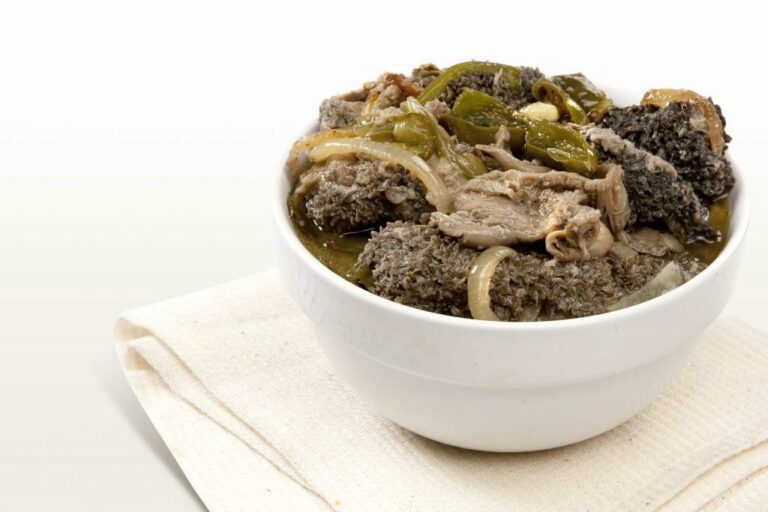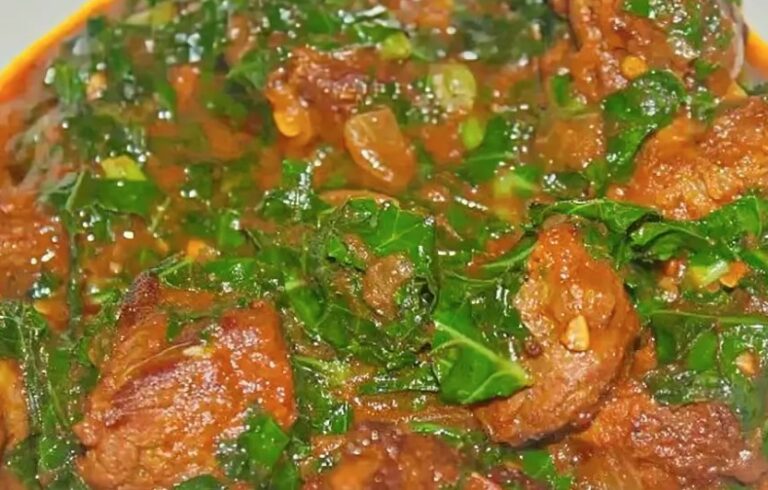Introduction: Traditional Snacks in Zimbabwe
Zimbabwe is a country located in southern Africa known for its diverse culture, rich history, and delicious cuisine. One aspect of Zimbabwean cuisine that is often overlooked is its traditional snacks. These snacks are an important part of Zimbabwean culture and have been enjoyed for generations. From sweet to savory, there is a Zimbabwean snack to suit everyone’s taste buds.
Mahewu: A Popular and Nutritious Drink
Mahewu is a popular Zimbabwean drink made from fermented maize meal. It is a thick, creamy drink with a slightly sour taste and is often served as a refreshing beverage. Mahewu has been a staple in Zimbabwean cuisine for centuries and is a great source of nutrition. It is rich in vitamins, minerals, and probiotics, making it a healthy drink option. Mahewu is also believed to aid digestion and boost the immune system.
Bota: A Ground Maize Cake for Any Meal
Bota is a ground maize cake that is commonly eaten in Zimbabwe. It is often served with a variety of stews and soups as a hearty and filling meal. Bota is made from maize meal, water, and salt and is cooked on a hot plate until golden brown. It has a slightly crunchy exterior and a soft, fluffy interior. Bota is a versatile snack that can be eaten at any time of the day, making it a popular choice in Zimbabwe.
Madora: Crunchy Caterpillars for a Unique Snack
Madora, or crunchy caterpillars, are a unique snack that is enjoyed in Zimbabwe. They are eaten either fried or dried and have a crunchy texture and a nutty flavor. Madora is a seasonal snack, with the caterpillars only being available during specific times of the year. They are a great source of protein and are believed to have medicinal properties. While not everyone’s cup of tea, madora is a snack that should be tried at least once while in Zimbabwe.
Kapenta: Dried Fish That’s a Staple in Zimbabwean Cuisine
Kapenta is a dried fish that is commonly eaten in Zimbabwe. It is usually served with sadza, a type of maize porridge, and is a staple in Zimbabwean cuisine. Kapenta is made from small fish that are caught in the country’s lakes and rivers. The fish are then cleaned, dried, and often smoked to preserve them. Kapenta is a great source of protein and is enjoyed by many in Zimbabwe.
Maputi: A Classic Zimbabwean Snack for Any Occasion
Maputi is a classic Zimbabwean snack that is enjoyed by people of all ages. It is made from popcorn kernels that are roasted until they pop, resulting in a crunchy and savory snack. Maputi is often sold by street vendors and is a popular snack for any occasion. It is also often served at social gatherings such as weddings, birthdays, and funerals. Maputi is a snack that is loved by many and is a true representation of Zimbabwean culture.
In conclusion, Zimbabwean traditional snacks offer a unique and diverse range of flavors that are sure to tantalize your taste buds. From the nutritious and refreshing mahewu to the crunchy and savory maputi, Zimbabwean snacks are a must-try for anyone visiting the country. So, if you’re ever in Zimbabwe, make sure to indulge in some of these delicious snacks and experience the country’s rich culture and cuisine.






